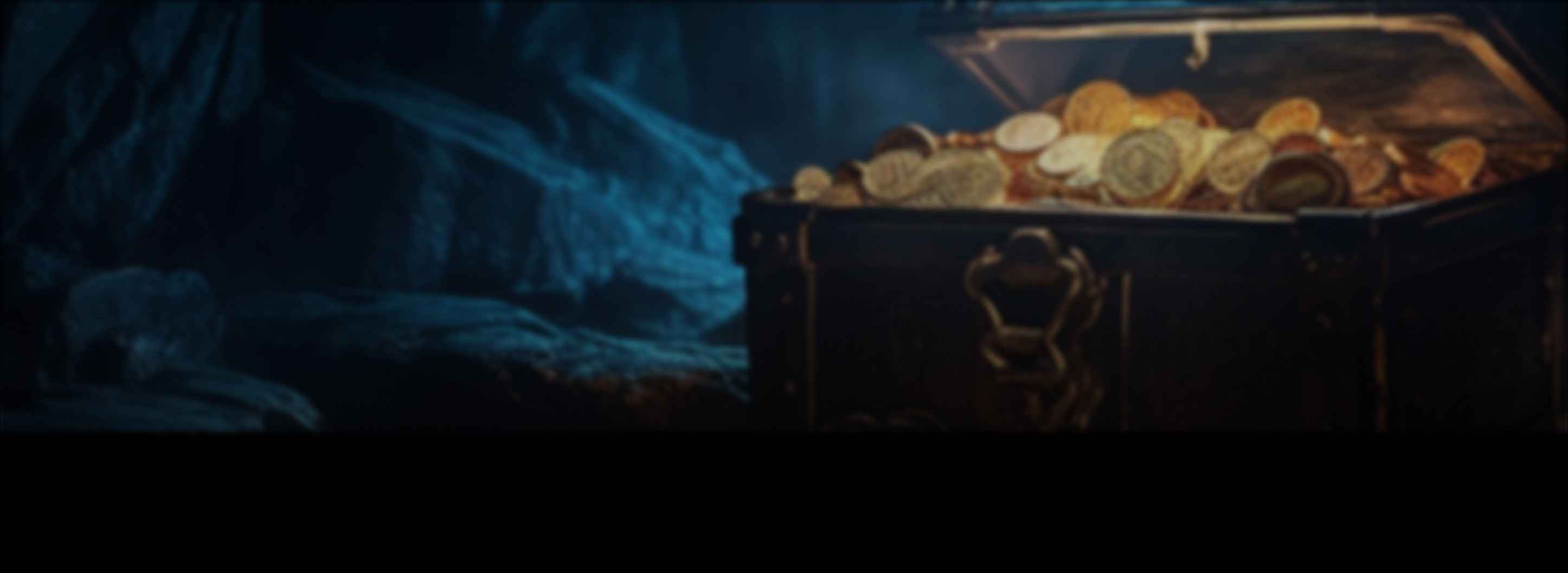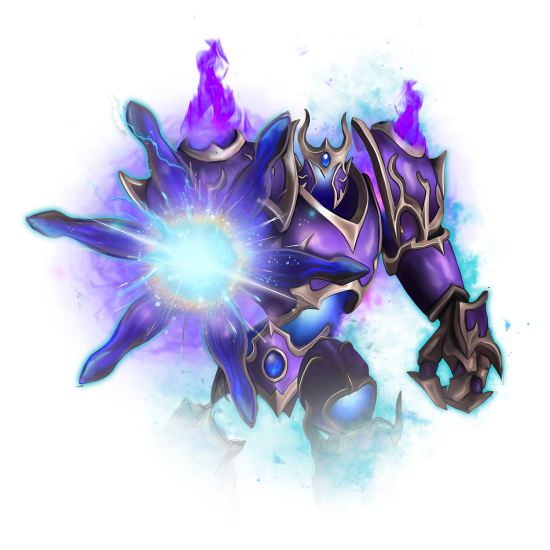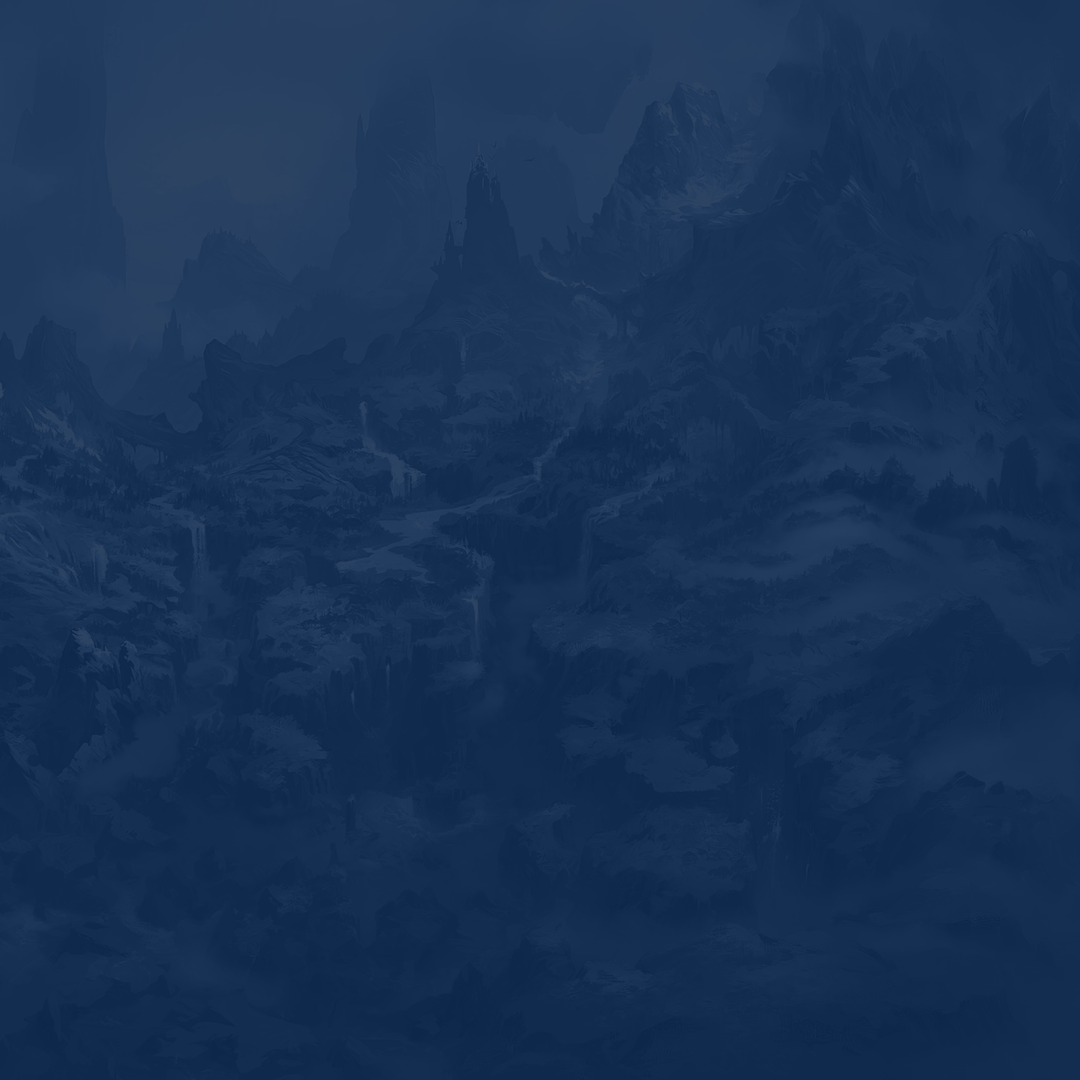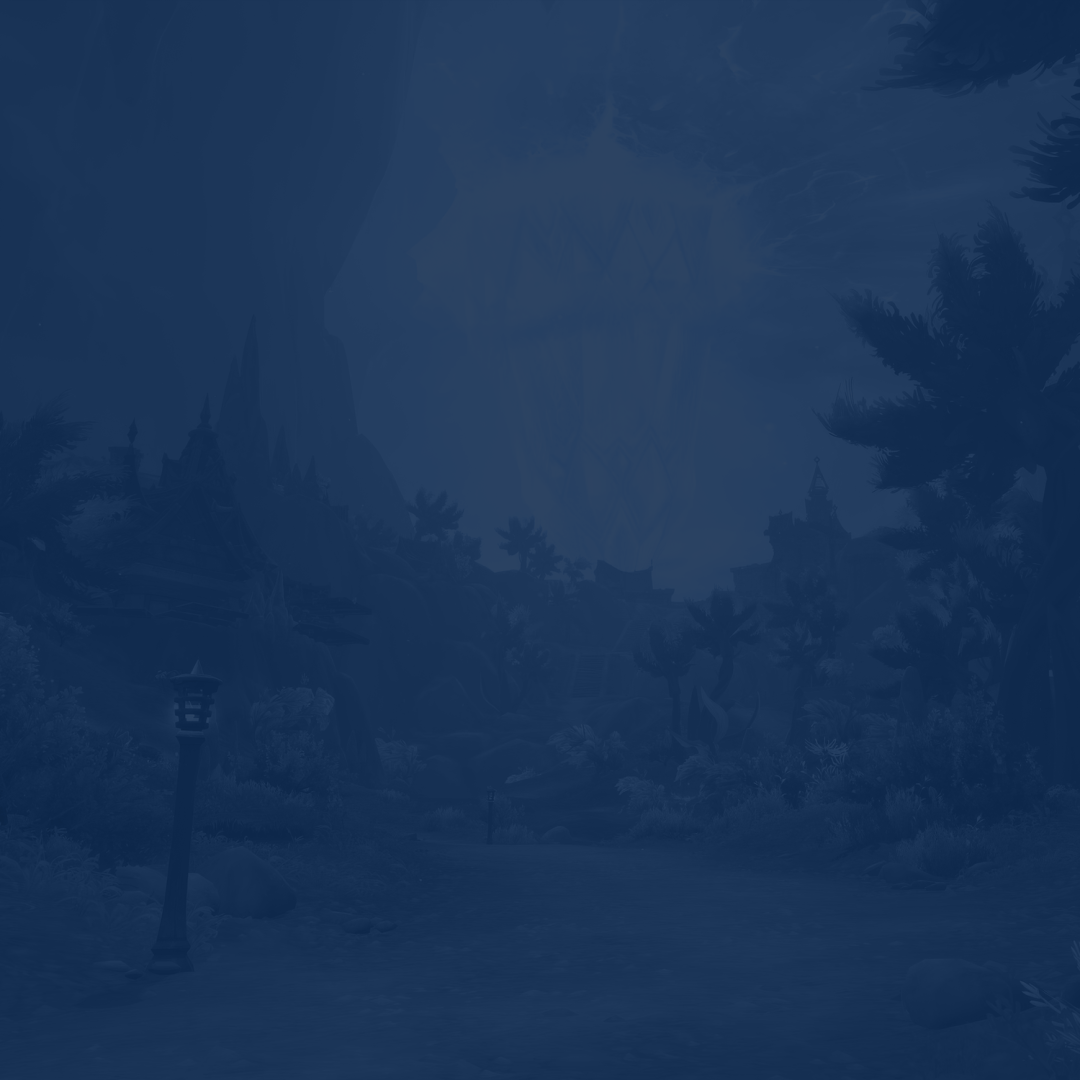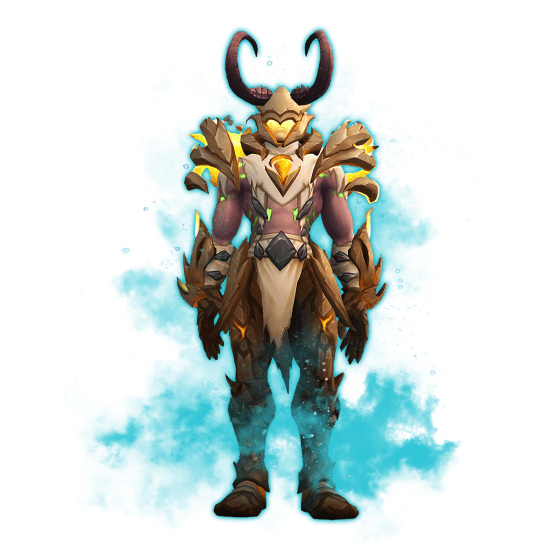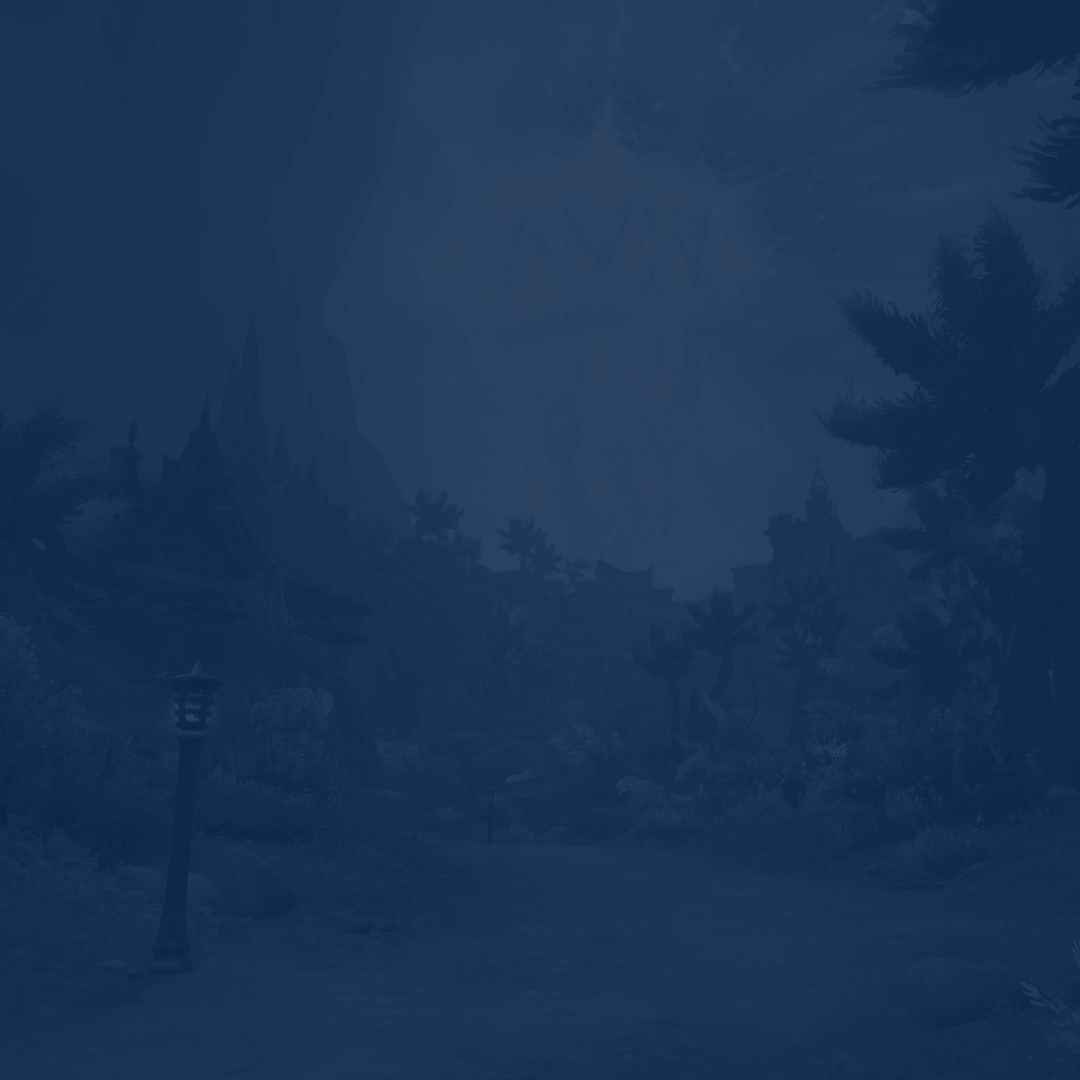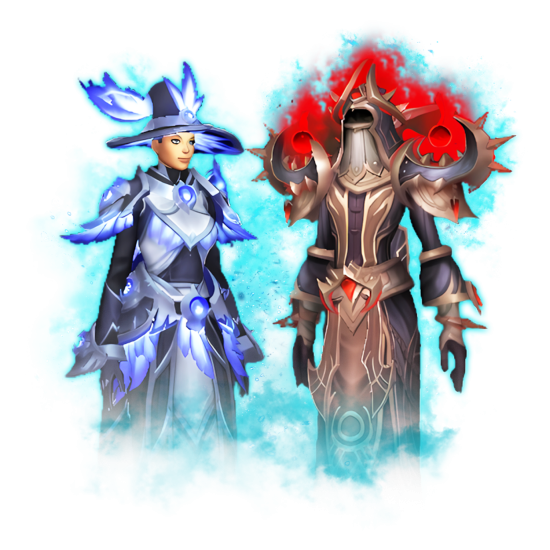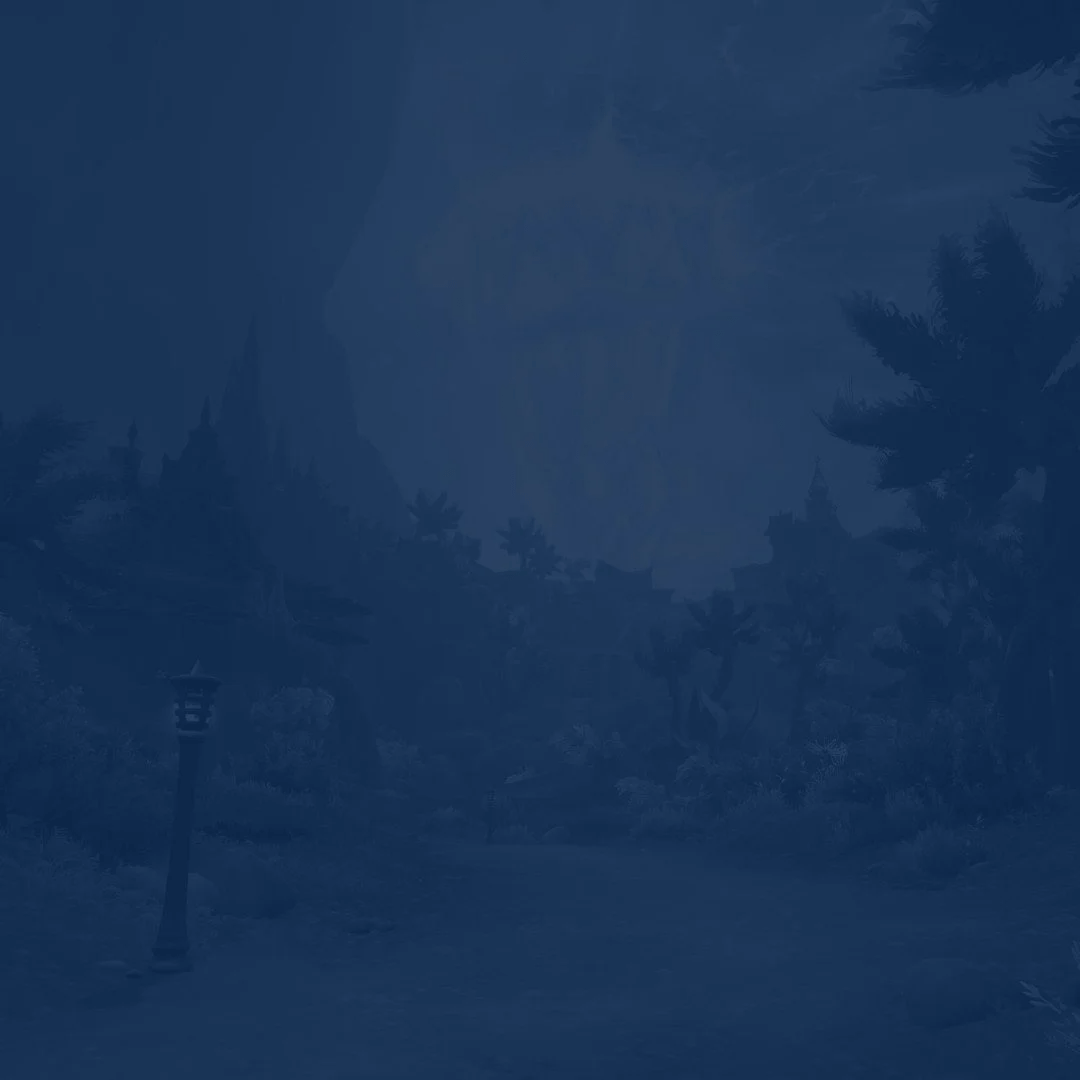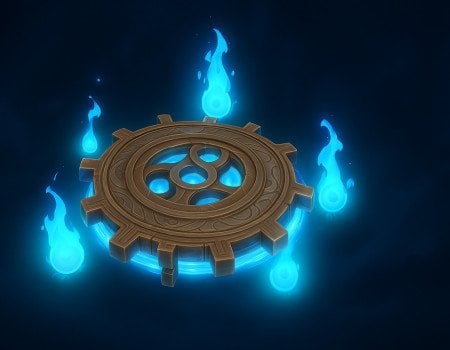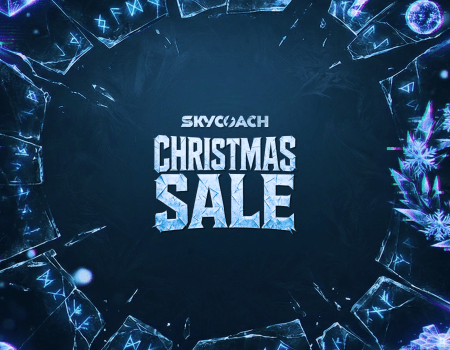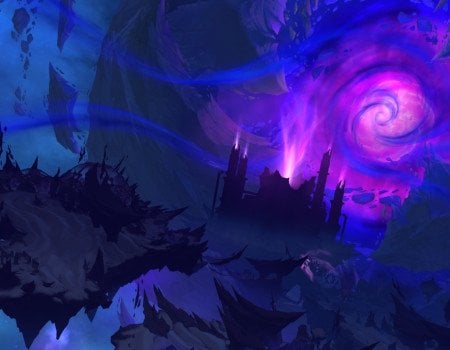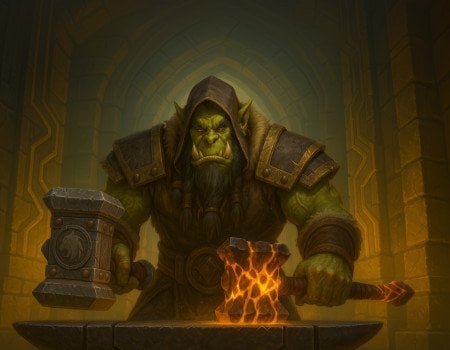Demon Hunter mains are being treated this year because Midnight adds a new spec. In this Devourer Demon Hunter guide, we’ll go over everything you need to know about the new ranged, intellect-focused DPS specialization. Devourer channels the power of the Void to unleash devastating Cosmic attacks while weaving between melee and mid-range combat. It’s a fast-paced, resource-driven playstyle built around harvesting Soul Fragments, maintaining Void Metamorphosis, and detonating enemies with Collapsing Star.
Level up your Devourer Demon Hunter faster with in-house WoW Leveling service at Skycoach. This is one of the most popular boosting services among our clients. It's done by professional WoW players who know how to reach max level as quickly as possible.
Read our other WoW guides:
- How to Get Xy Trustee's Gearglider Mount
- Legion Remix Heroic World Tier Guide
- Legion Remix Best Classes Tier List
- Tazavesh Deathless Hard Mode Guide
Note: At Skycoach, you can Buy WoW Boost at the best prices with fast delivery. Use our special PROMO CODE (in green) hidden in this article for a 20% DISCOUNT.
Devourer Demon Hunter Pros and Cons
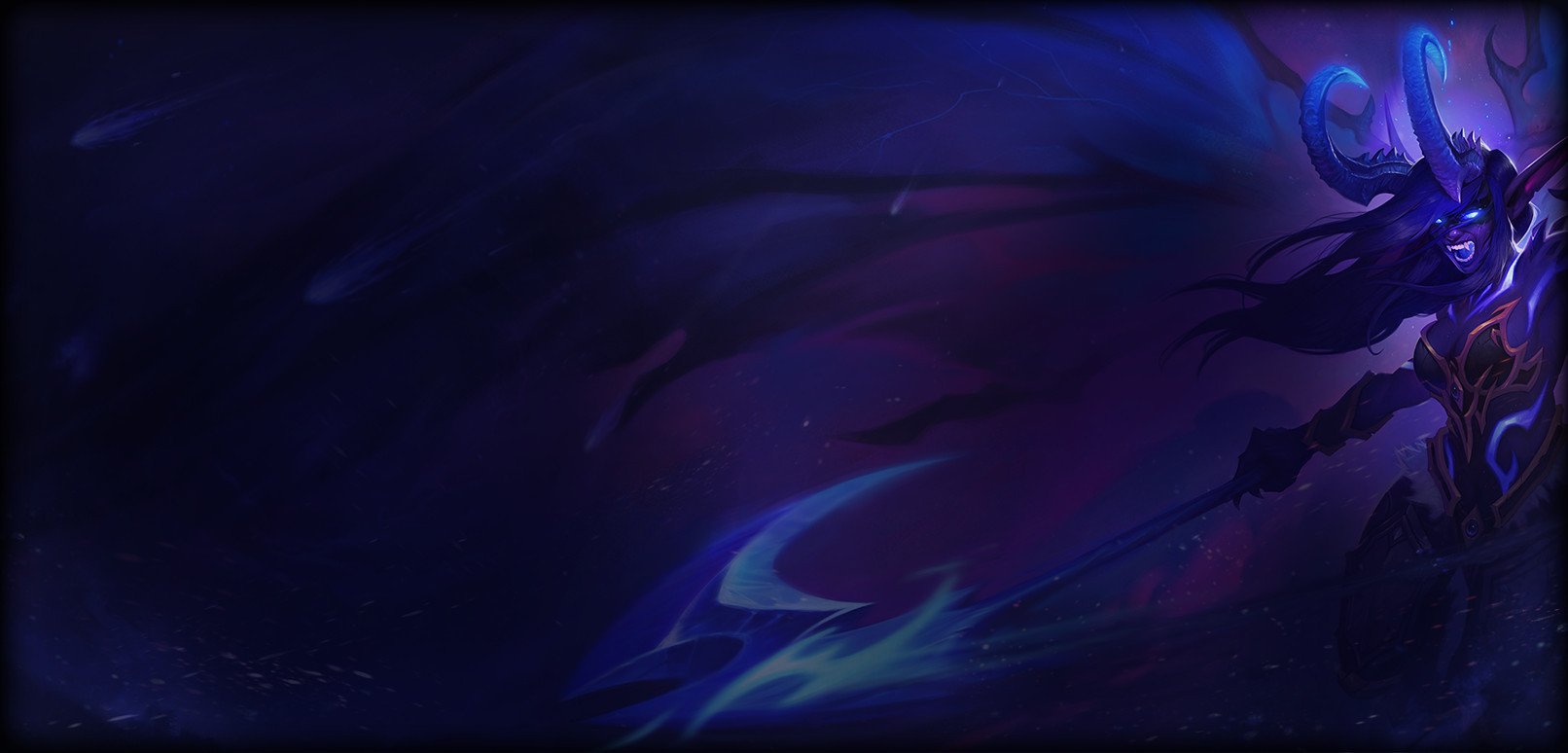
Since we are dealing with a completely new specialization, it is crucial to understand its strengths and weaknesses before you commit to mastering it. Devourer Demon Hunter in WoW introduces a unique blend of melee and ranged combat, letting you weave between close-quarters strikes and mid-range spellcasting with unmatched fluidity. This flexibility gives the spec a fresh identity among Demon Hunters, but it also demands precise resource and positioning management.
Let us begin with the Upsides, which include the following points:
- Exceptionally mobile, allowing seamless transitions between melee and mid-range combat.
- Extremely fun and impactful rotation built around generating and consuming Soul Fragments.
- Sustained Void Metamorphosis form offers high damage potential and strong visual flair.
Up next, we would like to describe the Downsides, which look as follows:
- Heavy dependence on maintaining Fury and Soul Fragment flow to stay competitive.
- Relatively low burst damage outside of Void Metamorphosis windows.
- Limited defensive tools compared to Vengeance or Havoc, making survival trickier in high-end content.
While Devourer feels fast, modern, and very responsive, it requires sharp focus on timing and resource management. Players who enjoy adaptive positioning and soul-harvesting gameplay will find this specialization incredibly rewarding once its rhythm clicks into place.
Devourer Demon Hunter Core Abilities
Just like with any other specialization, the Devourer Demon Hunter revolves around a few signature spells that define its combat rhythm. Most of your gameplay focuses on generating Fury and Soul Fragments, then consuming them at the right time to extend your Void Metamorphosis form and unleash devastating finishers. The rotation flows smoothly between ranged and melee attacks, giving the spec a dynamic pace that rewards precision and control.
Below are the key WoW Devourer Demon Hunter abilities you will use most frequently and how they fit into your overall playstyle:
- Consume – Your primary builder and starting point in most fights. It creates Fury and Soul Fragments while letting you cast on the move, keeping your momentum steady even under pressure.
- Reap – Consumes all nearby Soul Fragments in a devastating scythe strike, dealing Void damage based on the number of fragments harvested. It also generates Fury, making it a key setup tool for keeping your resource flow constant and preparing for big finishers.
- Void Ray – A 25-yard beam that cuts through enemies in a straight line. Outside of Void Metamorphosis, it has no cooldown and quickly consumes Fury to generate Soul Fragments. Inside Void Metamorphosis, it no longer spends Fury but gains a short cooldown, slowing Fury drain instead.
- Soul Immolation – A Void-infused Immolation Aura that burns enemies around you, generating Fury and Soul Fragments while inflicting light self-damage over time. It maintains resource flow and contributes to your sustained uptime during prolonged fights.
- Voidblade & Hungering Slash – A paired melee combo that lets you dash in and strike your target before retreating instantly. Casting Voidblade refreshes the cooldown of Vengeful Retreat, enabling a smooth melee-to-range transition and rewarding confident positioning.
- The Hunt (Void Version) – A reimagined charge ability that marks enemies and delivers a series of cosmic strikes. It defines your high-impact moments and pairs perfectly with Hungering Slash for rapid Soul Fragment generation.
- Collapsing Star – The centerpiece of your burst windows. Each cast grows stronger during Void Metamorphosis and slows Fury drain while channeling, allowing longer uptime. With the Midnight Apex Talent, every Collapsing Star automatically critically strikes and gains bonus critical damage.
- Void Metamorphosis – The defining cooldown of the spec. It has no fixed timer and can last indefinitely as long as you harvest souls to sustain it. During this form, your abilities gain immense power, and Collapsing Star becomes your devastating finisher. Inside this form, Consume transforms into Devour, and Reap becomes Cull—enhanced versions of their base abilities. BLOG20
We know from Devourer Demon Hunter PTR that these abilities work together to form a flexible loop: generate souls with Consume and Void Ray, gather them with Reap, and then cash them in during Void Metamorphosis for explosive Collapsing Star bursts. Once mastered, the Devourer’s flow feels like a constant rhythm of harvesting, consuming, and unleashing Void energy in perfect sync.
Devourer Demon Hunter Stat Priority
The Devourer specialization scales primarily with Intellect, as it defines the strength of your Void and Cosmic attacks. Since this spec balances both resource generation and burst phases, you need a mix of haste-driven speed and mastery-fueled amplification. The right stat setup ensures smoother rotations, longer Void Metamorphosis uptime, and stronger Collapsing Star hits.
Here is the general stat priority for Devourer Demon Hunter:
- Intellect – Your main stat and the core of all damage scaling. Every spell and ability benefits directly from it.
- Haste – Reduces global cooldowns and accelerates Fury and Soul Fragment generation, allowing for more frequent Void Metamorphosis entries.
- Critical Strike – Boosts overall DPS consistency by increasing the chance of high-impact hits on Collapsing Star and Void Ray.
- Mastery – Increases Void damage output and improves resource efficiency, making your major abilities hit harder and last longer.
- Versatility – Adds a modest damage and damage reduction bonus but brings less value compared to other stats for this spec.
Haste accelerates your Soul Fragment and Fury generation, allowing longer Void Metamorphosis uptime. Crit and Vers improve consistency and survival through passive healing, while WoW Devourer Demon Hunter mastery remains subject to tuning in future patches.
Devourer Demon Hunter PvE Guide
In terms of Devourer Demon Hunter PVE Guide, all you have to know is that this specialization thrives in high-intensity encounters where uptime, resource flow, and reaction speed matter most. This mid-range hybrid plays by cycling through Consume and Reap to gather Souls, then unleashing devastating Collapsing Star bursts during Void Metamorphosis. Every loop revolves around maintaining Fury while chaining Souls to prolong Meta for as long as possible.
In group content, Devourers serve as flexible DPS—strong at cleave, effective at range, and able to reposition instantly. Most of the damage comes from timing your Stars correctly, managing Soul Fragment generation, and syncing your burst phases with raid cooldowns or dungeon pulls. The build below focuses on consistent uptime, smooth resource flow, and high scaling with Haste.
Best Devourer Demon Hunter Build – Raiding / Mythic+
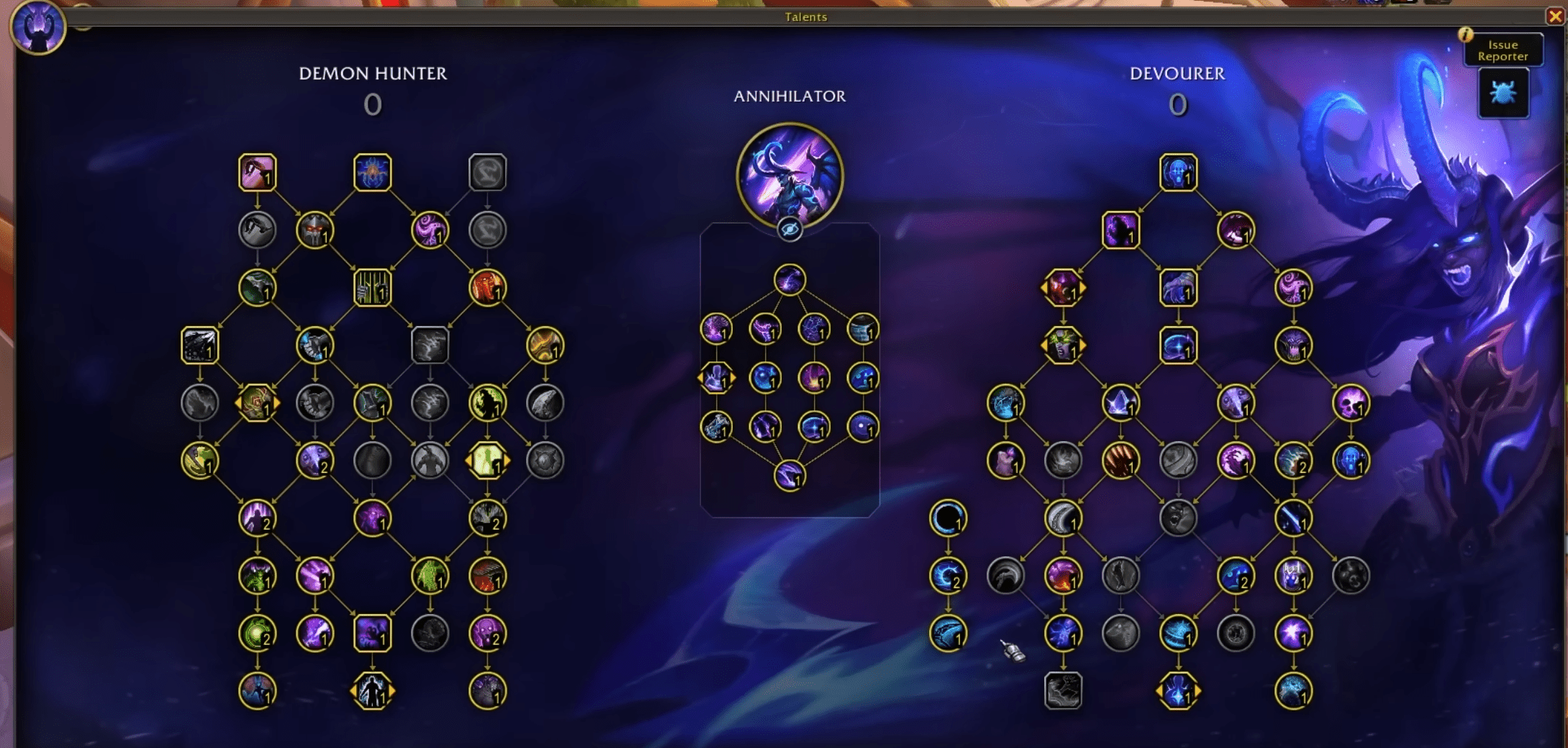
You already know what role you are executing and which resources you rely on. Now, it is time to share one of the best Devourer builds you can currently choose for either Raiding or Mythic+ dungeons.
You can export one of the best Devourer Demon Hunter builds directly into your game by copying this string:
AgcBAAAAAAAAAAAAAAAAAAAAAAAKikkISCSCAAAAAAQLJpFIAAAAAAAAkIISSSSSSikSSSUo1AJJJNJJJAkEAAAgEJB
Again, it is only a general recommendation and you can change your Devourer Demon Hunter WoW Devourer Demon Hunter talent tree the way you like and experiment with it. After all, the final build depends on many factors such as your group composition, personal playstyle, and the gear you are wearing.
Devourer Demon Hunter Best in Slot Gear (WIP)
This section will be updated once itemization for the Midnight expansion becomes final and Devourer-specific gear drops are confirmed through raid testing and simulation data. At this stage of testing, no official Devourer Demon Hunter tier set bonuses, trinket interactions, or weapon stat allocations have been locked in for this specialization.
Devourers primarily wield Warglaives, which automatically shift between Agility and Intellect depending on your active specialization. You can also equip fist weapons, one-handed axes, or swords. Two-handed scythes exist as a purely cosmetic option, fitting the Void aesthetic.
Devourer Demon Hunter Enchants & Consumables (WIP)
This section will be updated once enchanting materials, consumable effects, and potion tuning for the Midnight expansion are finalized. At this stage of testing, stat priorities and secondary scaling for Devourer are still subject to change, and no specialization-specific consumables or flasks have been confirmed for Patch 11.0.
Devourer Demon Hunter Rotation Guide
The Annihilator Devourer build focuses on maintaining high uptime inside Void Metamorphosis, using Collapsing Star as the primary burst tool, and carefully managing Fury and Soul Fragments to extend this form as long as possible. The goal is to balance building and spending resources to trigger frequent Void Rays and generate Souls efficiently for consistent Star casts.
Single Target Priority
Before entering combat, prepare with Soul Immolation and pre-cast Consume to begin building Fury. Once you’ve reached around 80–100 Fury, enter Void Metamorphosis and begin your burst window.
- Keep Soul Immolation active whenever possible for Fury generation.
- Use Reap to collect nearby Soul Fragments when low on Fury or to trigger Eradicate talent.
- Cast Void Ray on cooldown if no Eradicate buff is active.
- Maintain Eradicate through empowered Reap casts.
- Enter Void Metamorphosis as soon as you have enough Soul Fragments.
- Inside Void Metamorphosis, use Collapsing Star immediately.
- Follow with Void Ray and Cull (Reap) when Fury starts to dip.
- Use Consume → Devour to rebuild Fury and extend the form.
- If you cannot afford another Collapsing Star, cancel Void Metamorphosis to prepare for the next cycle.
AoE Priority
AoE rotations use the same resource logic but adapt for faster cycling and wider bursts.
- Begin with Soul Immolation to quickly gather Fragments.
- Use Void Ray for strong line damage and Fragment generation.
- Activate Eradicate for cleave bursts before entering Void Metamorphosis.
- Inside Void Metamorphosis, cast Collapsing Star once and immediately cancel the form to reset faster.
- Use Annihilator’s meteors to refill resources and re-enter Void Metamorphosis rapidly.
The short-form meta cycling makes Annihilator ideal for multi-target encounters, where frequent Void Metamorphosis activations amplify both AoE and single-target output.
Opener Example
- Pre-cast Consume → Soul Immolation
- Reap to scoop early Souls
- Void Ray → Eradicate
- Activate Void Metamorphosis
- Collapsing Star → Void Ray → Cull → Devour
- Maintain uptime until Fury runs dry, then cancel the form and rebuild
This rotation balances control, burst, and mobility. The key is to plan every Collapsing Star around full Fury and available Soul Fragments to maximize uptime and damage inside Void Metamorphosis.
Devourer Demon Hunter PvP Guide
For this WoW Devourer Demon Hunter PvP, we’d like to go over some of the core abilities and explain how they work against other players. Once again, the spec currently shines more in battlegrounds and large-scale skirmishes, where its mobility and consistent cleave pressure can have a major impact. In Arena, Devourer feels less consistent due to the ramp-up time and its weaker self-defensives compared to Havoc.
In PvP content, your core gameplay remains focused on maintaining Void Metamorphosis uptime and pressuring targets through Collapsing Star and Void Ray while using mobility and control to survive. Your toolkit offers a mix of ranged zoning and sudden burst windows that can catch opponents off guard.
The key abilities to maintain consistent pressure and control include:
- Void Ray for ranged cleave damage and soul generation.
- Collapsing Star for massive single-target or group burst during Void Metamorphosis.
- Reap / Cull to gather Soul Fragments and sustain Fury.
- Disrupt for short-cooldown interrupts.
- Void Nova and Sigil of Misery for AoE crowd control and setup potential.
For defense and mobility, you rely on:
- Blur for short bursts of damage reduction.
- Darkness for group mitigation and clutch saves.
- Shift and Vengeful Retreat for rapid disengages or kiting.
- Soul Fragments and Leech for passive self-healing between exchanges.
When fighting melee classes, focus on spacing and using Shift to maintain mid-range, weaving in Void Rays and Reap resets to punish overextensions. Against casters, close gaps quickly with The Hunt or Voidblade if you’re running the Scarred variant, applying pressure through constant Collapsing Star casts and Cull recharges.
In battlegrounds and open-world PvP, Devourer thrives on sustained AoE and mobility. Your ideal strategy is to build up Fury and Souls during skirmishes, enter Void Metamorphosis for rapid burst cycles, and cancel early when Fury runs out to immediately reset for another push. This rotation grants nearly constant uptime on pressure while letting you reposition safely between fights.
Overall, Devourer’s PvP playstyle rewards resource awareness, reaction speed, and movement discipline. Once tuning and defensives are finalized, it has the potential to become a strong control-oriented hybrid spec in group PvP.
Devourer Demon Hunter Macros
In this section, you can find a few helpful macros that improve the efficiency of your Devourer Demon Hunter gameplay. While most of the spec’s actions are fast and reactive, a few abilities benefit from cleaner execution and form management.
- Void Metamorphosis Cancel Macro
/cancelaura Void Metamorphosis
- Collapsing Star Target Macro
#showtooltip Collapsing Star
/cast [@target,exists] Collapsing Star
- Void Ray Target Macro
#showtooltip Void Ray
/cast [@target,exists,harm,nodead] Void Ray
- Shift Cursor Macro
#showtooltip Shift
/cast [@cursor] Shift
- Defensive Combo Macro
#showtooltip Blur
/use Healthstone
/cast Blur
More specialized macros will likely emerge once the spec reaches live servers, but these early setups already streamline core movement, targeting, and form control for optimal Devourer performance.
How to Become a Better Devourer Demon Hunter in WoW Midnight
Becoming a skilled Devourer means mastering both your resources and your movement. Basically, all you need is the right set of WoW Devourer Demon Hunter talents.
However, to improve faster, you can start by focusing on the fundamentals:
- Practice Fury management until you can instinctively enter and exit Void Metamorphosis at the right time.
- Keep your Soul Fragment count high before activating Void Metamorphosis, as this guarantees stronger Collapsing Star windows.
- Track your Collapsing Star, Void Ray, and Reap cooldowns closely. Efficient sequencing of these abilities makes the spec feel smoother and much more powerful. BLOG20
- Use your mobility tools — Shift and Vengeful Retreat — not only for survival, but for repositioning during Void Ray channels. Staying mobile without interrupting casts is key.
- Don’t hesitate to cancel Void Metamorphosis when your Fury runs dry. Resetting early to rebuild and re-enter is often more efficient than lingering in a drained state.
Once you’ve built comfort with your rotation, refine your AoE and single-target transitions. The best Devourers are those who can adapt fluidly — collapsing stars on one target and instantly pivoting to Void Rays on another without breaking stride. Over time, this awareness separates a good player from a great one.
Conclusion
The Devourer Demon Hunter is one of the most innovative specializations introduced in World of Warcraft: Midnight. Blending mid-range control, cosmic visuals, and demanding resource management, it stands out as a true hybrid between melee and caster gameplay. With its rapid tempo, fluid animation flow, and evolving Void Metamorphosis mechanic, the spec feels both familiar and refreshingly new.
While early tuning and missing talent data make it difficult to judge its long-term meta placement, the foundation is strong. Devourer offers an engaging rotation, rewarding skill expression, and near-constant mobility that perfectly fits the Demon Hunter identity. As Midnight’s launch approaches, players who invest time into understanding its rhythm and precision will find Devourer one of the most satisfying new specs in recent memory.
F.A.Q.
What is the role of the Devourer Demon Hunter?
Devourer functions as a mid-range hybrid DPS, combining elements of melee aggression and caster control. Your role is to maintain strong single-target and cleave pressure while sustaining long Void Metamorphosis windows.
How does Devourer Demon Hunter work?
You build Fury and Soul Fragments through abilities like Consume and Reap, then spend them to enter Void Metamorphosis. Inside this form, you focus on chaining Collapsing Star and Void Ray for burst damage.
What to do with Devourer Demon Hunter in WoW Midnight?
Devourer offers a new way to play Demon Hunter, focusing on Void and Cosmic energy. It rewards precise resource control, timing, and movement during extended burst phases.
Can you make a Devourer Demon Hunter yet?
Yes. Devourer becomes playable with the Midnight pre-patch, available to all Demon Hunter races without extra unlocks.
Is Devourer Demon Hunter good in Midnight?
Early testing suggests it’s one of the most dynamic and flexible specs of the expansion. It excels in mobility, sustained pressure, and AoE consistency.
Is Devourer Demon Hunter hard to play?
It has a steep learning curve due to resource management and timing. Once mastered, it feels fluid and rewarding with room for strong skill expression.
Is Devourer Demon Hunter good in PvE?
Yes. Devourer performs well in both raids and Mythic+ thanks to strong cleave, great mobility, and near-constant uptime during extended encounters.
What is the best rotation for a Devourer Demon Hunter?
The basic rotation focuses on:
- Building Fury with Consume and Soul Immolation
- Using Reap to collect Soul Fragments
- Entering Void Metamorphosis
- Casting Collapsing Star, Void Ray, and Cull to maintain form and maximize burst damage



